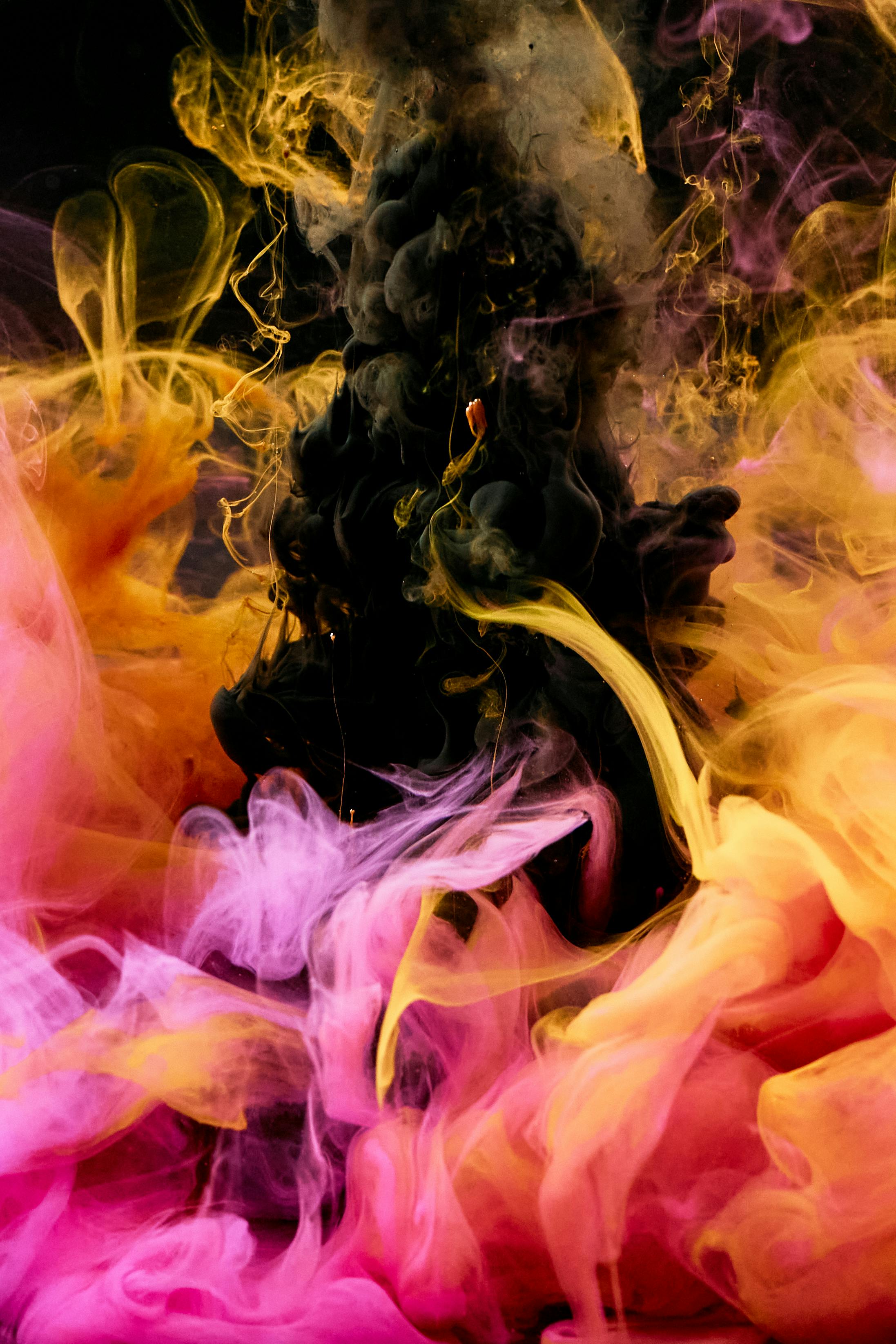Unveiling the Secrets Behind Stop-Motion Animation: A Timeless Artform in the Digital Age
Crafted with meticulous detail and endless patience, stop-motion animation has been a beloved form of storytelling for generations. From its humble beginnings to its stunning advancement in the digital era, this artform continues to captivate audiences, offering a unique blend of tangible realism and whimsical fantasy.

The Origins and Evolution of Stop-Motion Animation
Stop-motion animation traces its roots back to the late 19th century, when pioneers like J. Stuart Blackton used the technique in films such as ‘The Humpty Dumpty Circus’. The technique, which requires the animator to manually manipulate physical objects or characters and capture them frame by frame, slowly caught on and was used in iconic productions like ‘King Kong’ and ‘The Nightmare Before Christmas’.
Stop-Motion Animation in Today’s Digital Age
Despite the dominance of digital animation, stop-motion continues to thrive, with films like ‘Coraline’ and ‘Kubo and the Two Strings’ pushing the boundaries of this meticulous artform. Advances in technology have also allowed animators to blend stop-motion with digital effects, adding a new layer of complexity and creativity to their work.
The Impact and Cultural Significance of Stop-Motion Animation
The timeless appeal of stop-motion animation lies in its tactile nature, offering a tangible realness that digital animation can’t replicate. This is why stop-motion films often possess a distinct aesthetic and emotional depth, resonating with audiences on a profound level. Furthermore, the painstaking process behind each frame reflects a dedication to craftsmanship that is deeply respected in the arts and entertainment industry.
The Future of Stop-Motion Animation
The future of stop-motion animation looks promising, with numerous projects in the pipeline. The industry continues to evolve, with animators experimenting with new techniques and materials, and digital technology offering increased precision and possibilities. As the artform moves forward, it carries with it a rich history and an enduring charm that continues to enthrall audiences worldwide.
Stop-motion animation, with its intricate detail and painstaking process, is a testament to the power of storytelling and the limitless possibilities of creative expression. As we immerse ourselves in these enchanting worlds, we are reminded of the magic of animation and the extraordinary talent of those who bring these stories to life.




